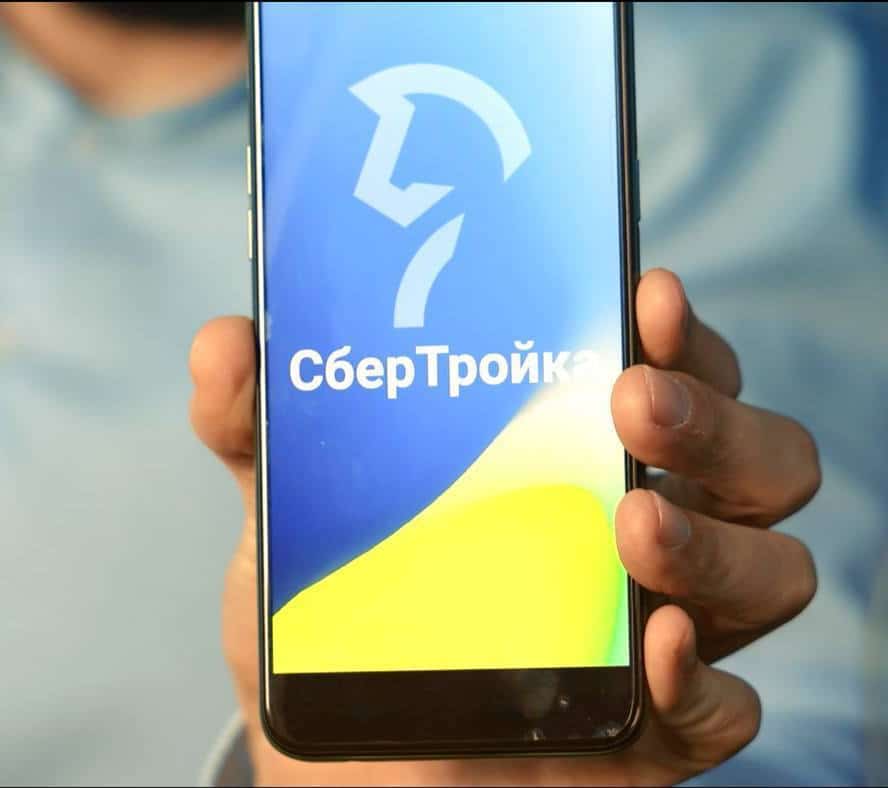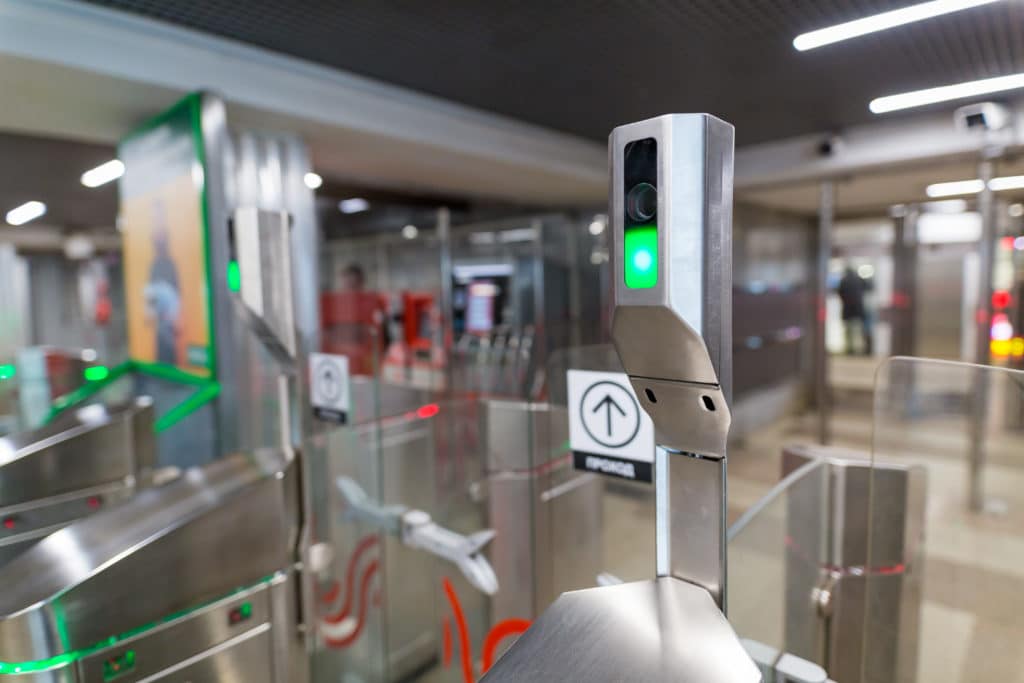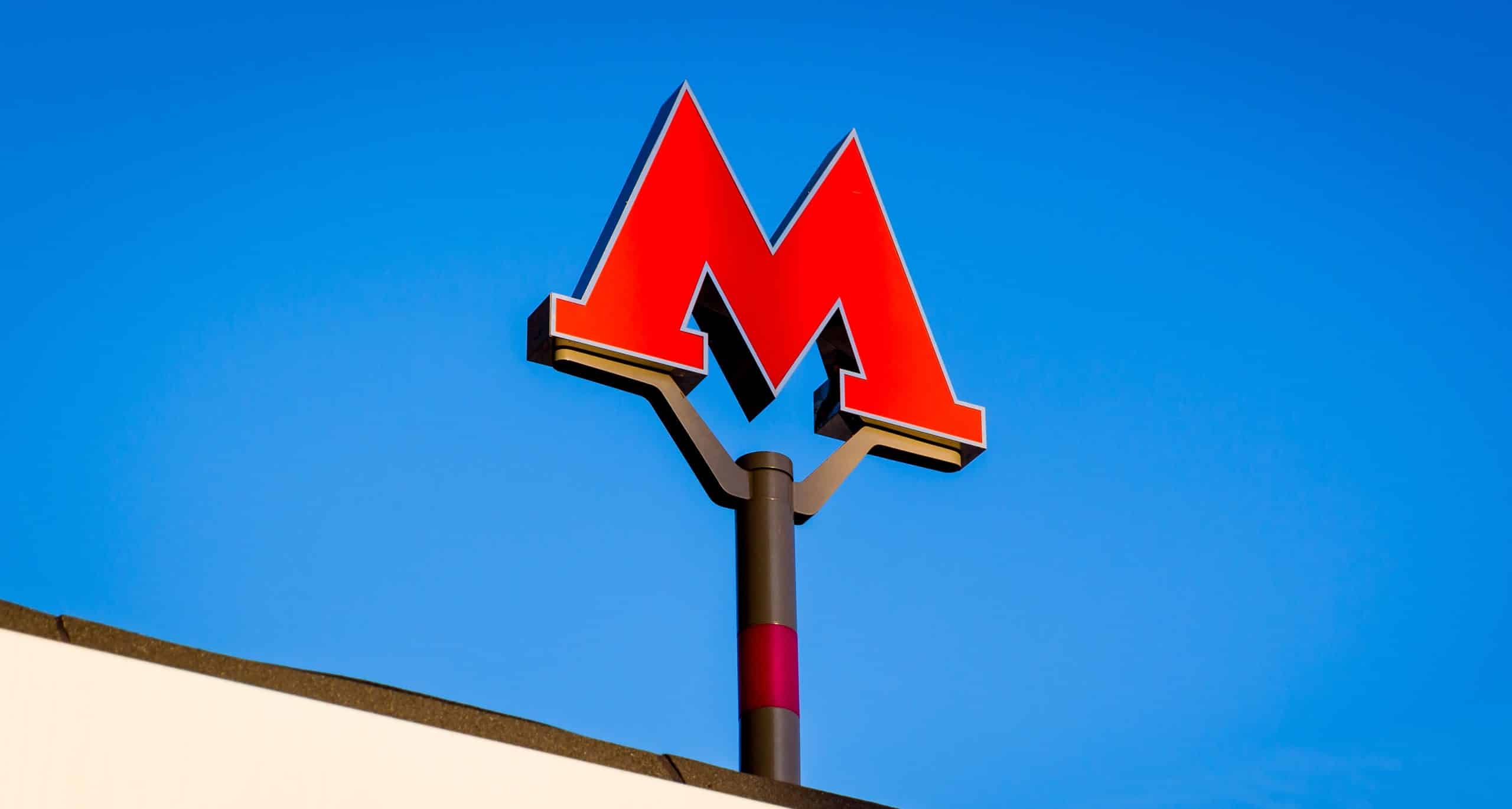
Article Highlights
Moscow transport officials and Sberbank are testing a SoftPOS app to expand the reach of the closed-loop Troika card in Russia. Open-loop payments will also be accepted.
Contactless open-loop payments doubled in only around the first 10 months of 2021, with more than 92 million passengers having passed through Moscow Metro gates for the year after paying with contactless EMV cards or credentials in NFC wallets. That was already nearly twice the contactless ridership of 52 million in 2020 and 30 million contactless rides in 2019.
• Moscow Metro
• Moscow Dept. of Transport
• SberTroika joint venture
A joint venture of the Moscow city government and state-owned Sberbank, Russia’s largest bank, has launched a test of a mobile-POS app for bus drivers to use to accept fare payments from the closed-loop Troika card along with contactless bank cards and NFC wallets.





















